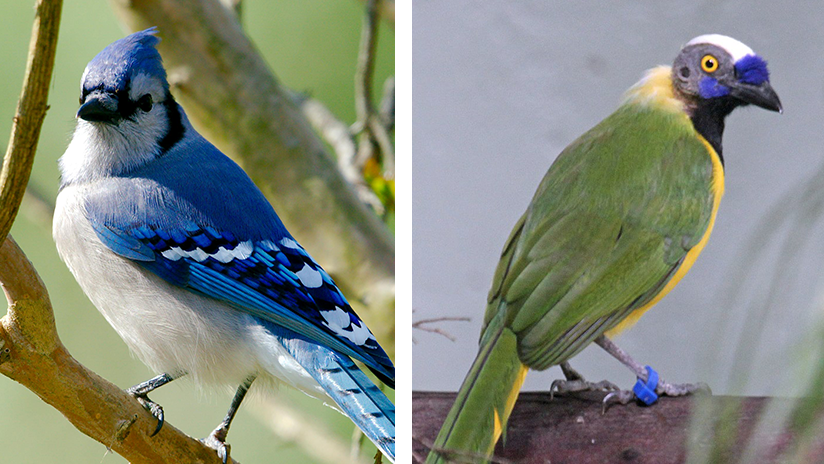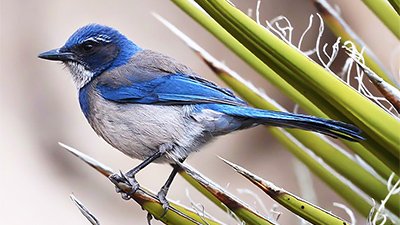The Bird That Fishes, But Doesn’t Fly
How did cormorants first arrive on the Galápagos Islands?
The flightless cormorant, one of the many species endemic to the Galápagos Islands, is nevertheless highly skilled at swimming and diving for its food. Restricted to a handful of coastal sites, its fishing expeditions do not cause it to venture much more than 100 metres offshore.
So how did cormorants first arrive here? The most likely answer is that its ancestors could fly. In a fallen world, the loss of the ability to fly through mutational degeneration would be a disadvantage in the struggle to survive. However, on islands, things may not be that simple. Those cormorants which could fly would be more likely to be blown out to sea and thus not pass on their genes to birds remaining on the island.1 So, in time, the 'flightless' condition would spread throughout the remaining cormorant population.
The fact that a defect (a loss or corruption of genetic information, i.e. a mutation) can be a survival advantage is cold comfort for Darwinists, however-as it is in the very opposite direction to the sort of change required to give credibility to their claims.2 They maintain that the complex design information involved in flight arose in the first place by random chance filtered by selection. Yet examples like the flightless cormorant do not show such information being built up. Rather, they suggest that it has been corrupted or lost.
The Galápagos Islands are often called the 'showcase of evolution'. But the facts about the animals that Charles Darwin encountered on his voyage do not compel belief in goo-to-you evolution at all. The 'sneak peak' above is extracted from our six-page pictorial feature about the Galápagos in Creation 27(3). This shows the islands' fascinating and unusual creatures fit beautifully with the Bible's account of history.
Footnotes
- Beetles on windy islands are also usually flightless for the same reason. See Wieland, C., “Beetle bloopers”, Creation 19(3):30, 1997.
- Wieland, C, “The evolution train's a-coming (sorry, a-goin'-in the wrong direction)”, Creation 24(2)16-19, 2002.
Recommended Resources

Answers in Genesis is an apologetics ministry, dedicated to helping Christians defend their faith and proclaim the good news of Jesus Christ.
- Customer Service 800.778.3390
- Available Monday–Friday | 9 AM–5 PM ET
- © 2025 Answers in Genesis




